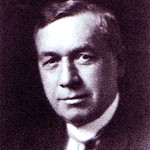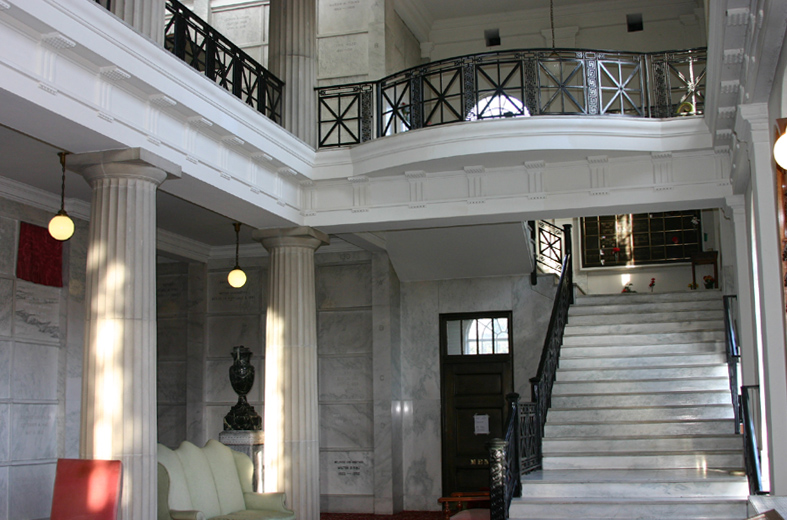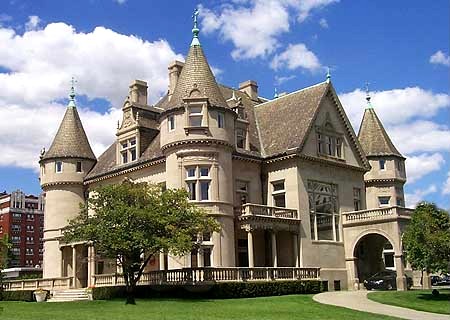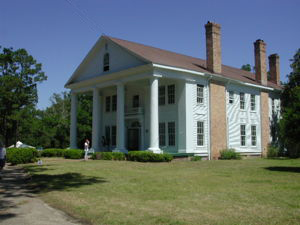Completed in 1892, the spectacular Hecker Mansion, with its French Chateauesque style and 13 fireplaces, acted as the launching pad to place Kamper and his firm among the most prominent in Detroit. Col. Hecker was well-placed in Washington society, entertaining Presidents McKinley and Hayes here. This home made Kamper the premiere architect for the homes of Detroit's affluent and wealthy families. Kamper subsequently designed homes for the Bagleys (tobacco/politics), the Merrills (lumber), among many, many others, most notably in Detroit's historic Indian Village.
Over his career, he designed and oversaw the construction of some of the most notable buildings in Detroit. In 1913, Kamper won the commission for the Roseland Park Mausoleum (1914) in Berkley, MI, which was then the largest public mausoleum in the US. After designing his home at East Jefferson and Burns, Kamper was selected by J. Burgess Book Jr. and his brothers to create their Italian Renaissance Book Building (1916). In 1923, he designed the Italian Renaissance Book-Cadillac Hotel, which contained 33 floors, including five floors of grand public rooms and shops, Large lounges, three dining rooms, a coffee shop, three ballrooms and a tea room, 3 basement levels containing the most modern boilers and laundry facilities of the time and radio station WCX housed in the top floor.
Kamper created more than 100 commercial and residential structures in Detroit. Among these are the Murry W. Sales Mansion (1917), Cornelius Ray Mansion (1917), Cadillac Square Building [Real Estate Building] (1918), Washington Blvd Building (1923), Carleton Plaza Hotel (1923), Royal Palm Hotel [later Park Avenue Apartments, currently Park Avenue House Hotel] (1924), Eddystone Hotel (1924), Park Avenue Hotel (1924), Consolidated Bank Building (1926), the Book Tower [an enhancement to the original Book Building],(1926) and the Broderick Tower (1928).
Not content to be classified as a "19th Century architect", Kamper ventured successfully into art deco with such projects as the Water Board Building (1928), the J. M. Schaefer Building (1930), and Michigan's only all-marble lighthouse, the William Livingstone Memorial (1929) at Belle Isle on the Detroit River.
The designs of Louis Kamper have significantly contributed to Detroit's place as home to the third largest collection of pre-World War II residences, commercial buildings and skyscrapers in the world.
The resurgence of interest in his work is apparent: The Hecker House is now home to prestigious law offices; the Carleton Plaza Hotel is being converted into a loft style condominium. The Book Tower/Building has had $9 million worth of improvements so far, and is recognized as one of the very few Italian Renaissance skyscrapers left in America. The Book-Cadillac has recently been acquired by the Westin Hotel Group and is currently undergoing a $180 million in restoration and renovations. The grand opening of the four-star Westin Book-Cadillac is scheduled for Summer 2008.
Completed in 1892, the spectacular Hecker Mansion, with its French Chateauesque style and 13 fireplaces, acted as the launching pad to place Kamper and his firm among the most prominent in Detroit. Col. Hecker was well-placed in Washington society, entertaining Presidents McKinley and Hayes here. This home made Kamper the premiere architect for the homes of Detroit's affluent and wealthy families. Kamper subsequently designed homes for the Bagleys (tobacco/politics), the Merrills (lumber), among many, many others, most notably in Detroit's historic Indian Village.
Over his career, he designed and oversaw the construction of some of the most notable buildings in Detroit. In 1913, Kamper won the commission for the Roseland Park Mausoleum (1914) in Berkley, MI, which was then the largest public mausoleum in the US. After designing his home at East Jefferson and Burns, Kamper was selected by J. Burgess Book Jr. and his brothers to create their Italian Renaissance Book Building (1916). In 1923, he designed the Italian Renaissance Book-Cadillac Hotel, which contained 33 floors, including five floors of grand public rooms and shops, Large lounges, three dining rooms, a coffee shop, three ballrooms and a tea room, 3 basement levels containing the most modern boilers and laundry facilities of the time and radio station WCX housed in the top floor.
Kamper created more than 100 commercial and residential structures in Detroit. Among these are the Murry W. Sales Mansion (1917), Cornelius Ray Mansion (1917), Cadillac Square Building [Real Estate Building] (1918), Washington Blvd Building (1923), Carleton Plaza Hotel (1923), Royal Palm Hotel [later Park Avenue Apartments, currently Park Avenue House Hotel] (1924), Eddystone Hotel (1924), Park Avenue Hotel (1924), Consolidated Bank Building (1926), the Book Tower [an enhancement to the original Book Building],(1926) and the Broderick Tower (1928).
Not content to be classified as a "19th Century architect", Kamper ventured successfully into art deco with such projects as the Water Board Building (1928), the J. M. Schaefer Building (1930), and Michigan's only all-marble lighthouse, the William Livingstone Memorial (1929) at Belle Isle on the Detroit River.
The designs of Louis Kamper have significantly contributed to Detroit's place as home to the third largest collection of pre-World War II residences, commercial buildings and skyscrapers in the world.
The resurgence of interest in his work is apparent: The Hecker House is now home to prestigious law offices; the Carleton Plaza Hotel is being converted into a loft style condominium. The Book Tower/Building has had $9 million worth of improvements so far, and is recognized as one of the very few Italian Renaissance skyscrapers left in America. The Book-Cadillac has recently been acquired by the Westin Hotel Group and is currently undergoing a $180 million in restoration and renovations. The grand opening of the four-star Westin Book-Cadillac is scheduled for Summer 2008.












